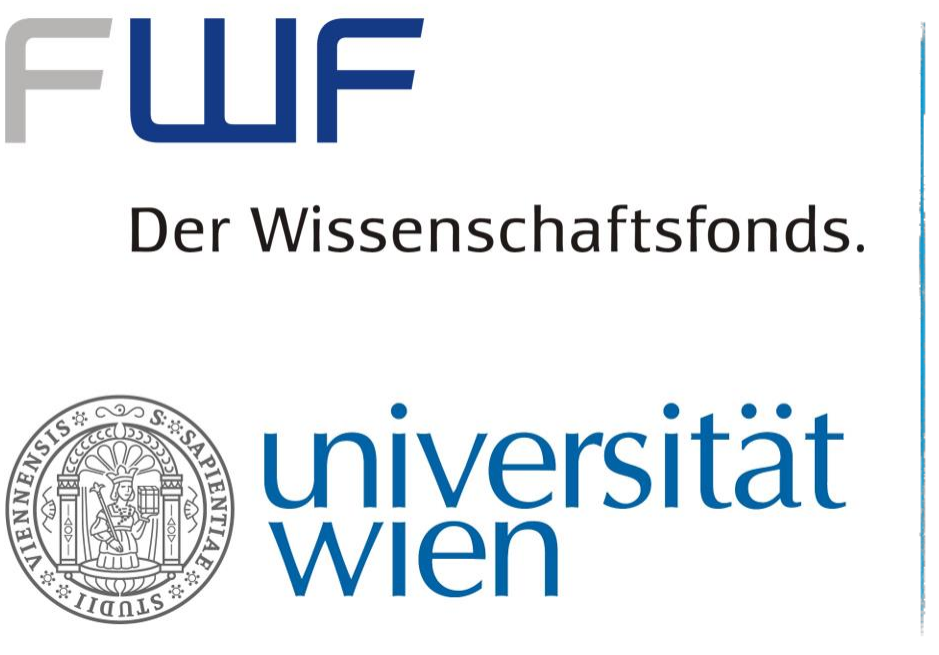
Crossing boundaries: Empirical and theoretical aspects of A-dependencies in complementation

WORKSHOP INFORMATION
Final Programme ~ Abstracts & Handouts ~ Zoom Link
If you have any questions or problems, write us!
magdalena.lohninger@univie.ac.at or iva.kovac@univie.ac.at

WORKSHOP DESCRIPTION
WHAT? Workshop at the 46th Austrian Linguistics Conference 2021 (Österreichische Linguistik-Tagung ÖLT)
WHEN? 10-12th December 2021
WHERE? Online (CET) via Zoom

INVITED SPEAKERS
- Tanya Bondarenko
- Irina Burukina
- Coppe van Urk

The workshop will comprise of 20-minute talks with additional 10 minutes for discussion and a poster session including lightning talks and a subsequent discussion of the posters in breakout rooms.
The aim of this workshop is to explore the empirical landscape and the theoretical underpinnings of cross-clausal A-dependencies (CCAs)-relations such as Case assignment (e.g., ECM), (Long-distance) Agreement, Movement, Control, or head-dependencies, spanning a clause boundary in complementation configurations. We encourage submissions dealing with different aspects of CCAs, especially i) their cross-linguistic distribution, ii) the degree of transparency of different types of complement clauses, and, more generally, iii) the combinatorial mechanism underlying clausal complementation. Accordingly, the abstracts may address one or more of the following questions:
- Which languages allow which A-dependencies to reach into a complement clause, in particular a finite clause? What are the underlying reasons for the observed restrictions? How do CCAs resemble each other, and how do they differ with respect to their syntactic and semantic properties?
- Which size (vP, TP, CP, nP, DP) may the embedded clause have in order to be transparent for CCAs and why does this vary cross-linguistically? Why do some languages allow A-dependencies across finite CPs (Hyperraising, Hyper-ECM), while others do not? More generally, how does the understanding of the language-specific transparency of different types of complement clauses contribute to a broader typological understanding of the composition of complement clauses?
- Is it purely the selectional properties of the matrix verb that determine the size and the degree of transparency of the embedded clause, or is the complementation mechanism bi-directional, meaning that both the complement and the matrix predicate have (syntactic and semantic) requirements of some sort, and the only licit derivations are those in which all such requirements are satisfied?
Following a formal-typological approach, we are striving for a combination of broader typological and language-specific papers with more theoretical or formal ones. In order to see a larger picture of the possibilities and limitations of CCAs, we especially encourage submissions investigating languages outside the well-studied Indo-European family, as well as papers from both a syntactic and a semantic perspective, in particular those focusing on the syntax-semantics interface. We believe that such a combination is crucial not only for arriving at a comprehensive theory of CCAs and its language-specific implementations, but also for shedding new light on the inner workings of complementation and A-dependencies in general.
